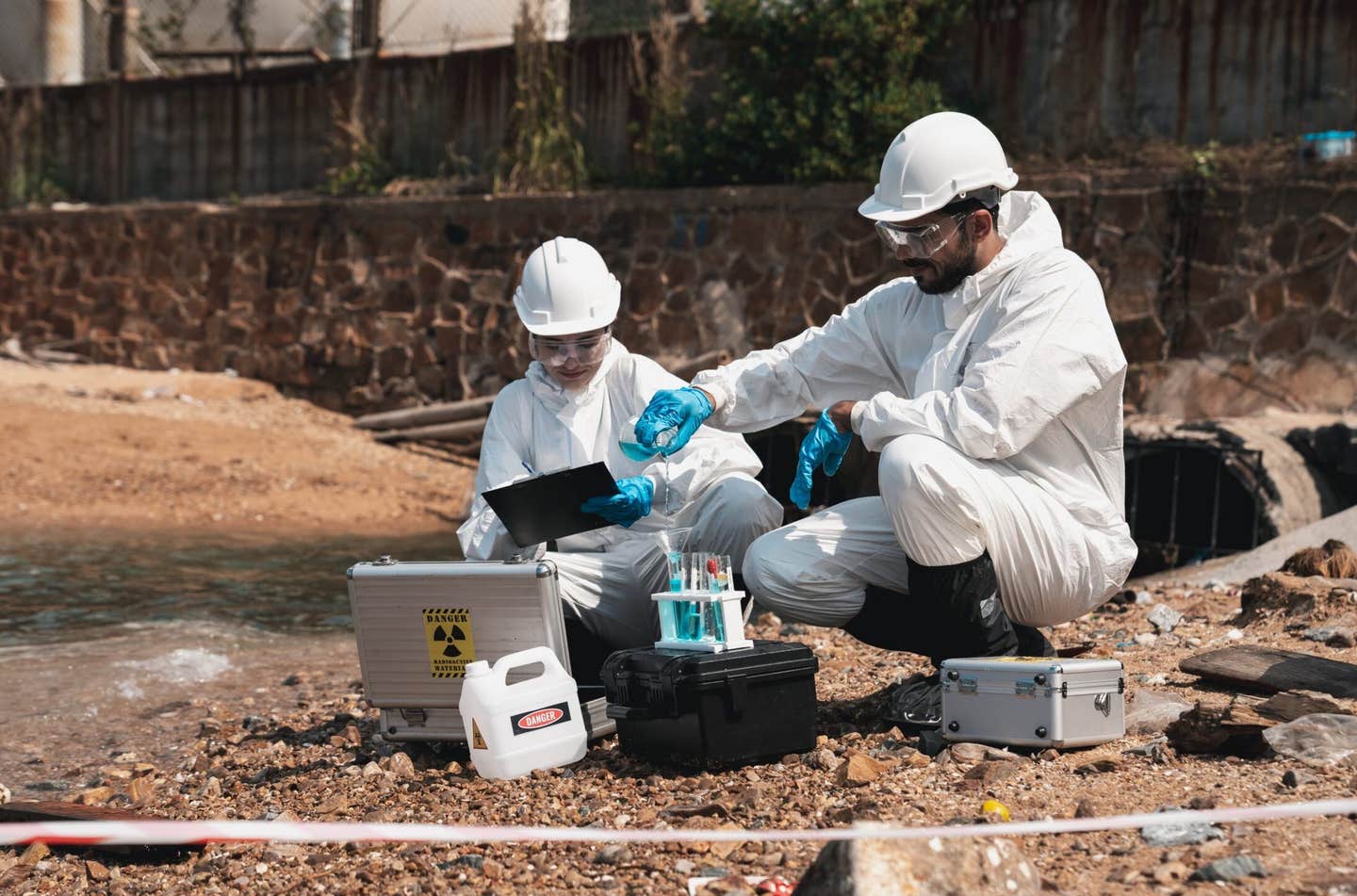Researchers turn nuclear waste into fuel for the future
Scientists to turn nuclear waste into tritium fuel, solving fusion’s shortage while reducing radioactive storage risks.

Nuclear waste could become the key to fusion energy. (CREDIT: Shutterstock)
Electric cars, artificial intelligence data centers, and even the devices you use every day depend on a steady supply of electricity. As demand for power keeps climbing, scientists are searching for energy sources that are both reliable and environmentally friendly.
One promising option is nuclear fusion, the same process that makes the sun shine. Fusion could deliver massive amounts of electricity with far fewer emissions than fossil fuels and far less radioactive waste than today’s nuclear plants. But there’s one major obstacle: a shortage of tritium, a rare form of hydrogen needed for fusion reactions.
Researchers at Los Alamos National Laboratory (LANL) think they may have a creative solution. By reimagining what we do with radioactive leftovers from existing nuclear power plants, they believe it may be possible to produce tritium on a meaningful scale.
Fission, Fusion, and the Tritium Challenge
Most nuclear power plants today run on fission. That’s the process of splitting heavy atoms such as uranium or plutonium to release energy and create a cascade of chain reactions. It works, but it also leaves behind tons of radioactive waste that must be carefully stored for decades or even centuries.
Fusion, on the other hand, works in the opposite direction. Instead of breaking atoms apart, it joins lighter elements together—specifically deuterium and tritium, two variants of hydrogen. That fusion releases huge amounts of heat, which can drive generators to produce electricity. Unlike fission, it generates very little long-term waste. In fact, fusion is often called the clean energy source of the future.
There’s just one problem. Deuterium is abundant in seawater, but tritium is not. The United States has no domestic tritium production capability, and the global stockpile is astonishingly small. “Right now, the value of commercial tritium is about $15 million per pound, and the U.S. doesn’t have any domestic capability to create it,” Tarnowsky explains. The only significant supplier today is Canada, where specialized fission reactors produce tritium as a byproduct.
Related Stories
- Revolutionary new battery turns nuclear waste into electricity
- Groundbreaking diamond battery generates power from nuclear waste
Tarnowsky estimates that the world’s total tritium inventory is roughly 55 pounds, with some uncertainty on either side. That’s about 25 kilograms—enough to power more than half a million homes for six months, roughly equal to every residential unit in Washington, D.C. But considering how much energy fusion could provide, that’s still not very much fuel to work with.
A Different Way of Thinking About Nuclear Waste
Meanwhile, the U.S. has another problem: thousands of tons of nuclear waste sitting in storage. Keeping it safe costs billions of dollars, and the risk of leaks that could harm the environment or human health remains a concern. Tarnowsky and his colleagues wondered if that “waste” might actually be a hidden resource.
His team began running computer simulations to test the idea of using leftover radioactive materials to generate tritium. The concept involves pairing nuclear waste with a particle accelerator. Unlike a traditional nuclear reactor that depends on a self-sustaining chain reaction, a particle accelerator allows operators to fire up or shut down reactions on command. This makes the system more controllable and, in many ways, safer.
When simulated atoms of nuclear waste are struck by the accelerator, they split apart and release neutrons. These neutrons can trigger a series of nuclear transitions that eventually produce tritium. While the basic idea isn’t brand new—it was floated in the 1990s and early 2000s—advances in accelerator and reactor design could make it far more practical today.
Results From the Simulations
So far, Tarnowsky’s models look promising. He estimates that a system running at 1 gigawatt, which is about the annual energy consumption of 800,000 U.S. homes, could produce 4.4 pounds of tritium per year. That’s about 2 kilograms, on par with the total annual production of Canadian reactors. In other words, one such system could double global tritium output.
Even more important, Tarnowsky projects that this design could produce over ten times as much tritium as a conventional fusion reactor operating at the same power level. That efficiency makes it a potentially game-changing approach.
Of course, this is still a theoretical model. The next step is to calculate the actual costs of building and running such a system. Tarnowsky is refining his simulations to better capture details of efficiency and safety. One idea is to surround the waste in molten lithium salt, a design that’s been tested experimentally but never applied in this way. Lithium salt has strong cooling properties, which adds a safety layer, and its chemistry would make it difficult to extract materials for use in weapons.
Ultimately, the goal is to give policymakers clear data about which designs might be worth pursuing on a larger scale. “Energy transitions are a costly business, and anytime you can make it easier, we should try,” Tarnowsky says.
Funding and Future Directions
The research is currently funded by Los Alamos National Laboratory and the National Nuclear Security Administration. Tarnowsky’s work remains at the modeling stage, but the implications are broad. By transforming nuclear waste from a liability into a valuable resource, the approach could solve two of the biggest headaches in energy science: how to manage radioactive byproducts and how to fuel the next generation of reactors.
And as multiple private companies and governments race to build the world’s first commercial fusion power plant, securing a steady supply of tritium will be crucial. If Tarnowsky’s approach holds up under more detailed analysis and, eventually, experimental testing, it could play a vital role in making fusion a reality.
If nuclear waste can truly be harnessed to produce tritium, the benefits would be enormous. For one, it would reduce the amount of radioactive material that has to be stored long-term, lowering both cost and environmental risks. For another, it could provide a much-needed supply of fuel for future fusion plants, unlocking a cleaner and more sustainable energy source.
You could see this as a win-win: tackling the waste problem while fueling the next generation of power. In practice, it means communities might face fewer concerns about long-term nuclear storage sites, and the energy grid could gain a more secure pathway toward large-scale fusion power.
In the bigger picture, Tarnowsky’s work highlights how creative approaches to old problems can open up unexpected possibilities. What was once seen as useless waste might one day light up entire cities.
Note: The article above provided above by The Brighter Side of News.
Like these kind of feel good stories? Get The Brighter Side of News' newsletter.



